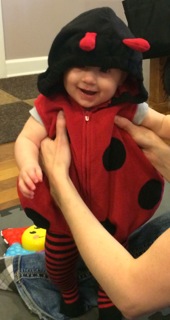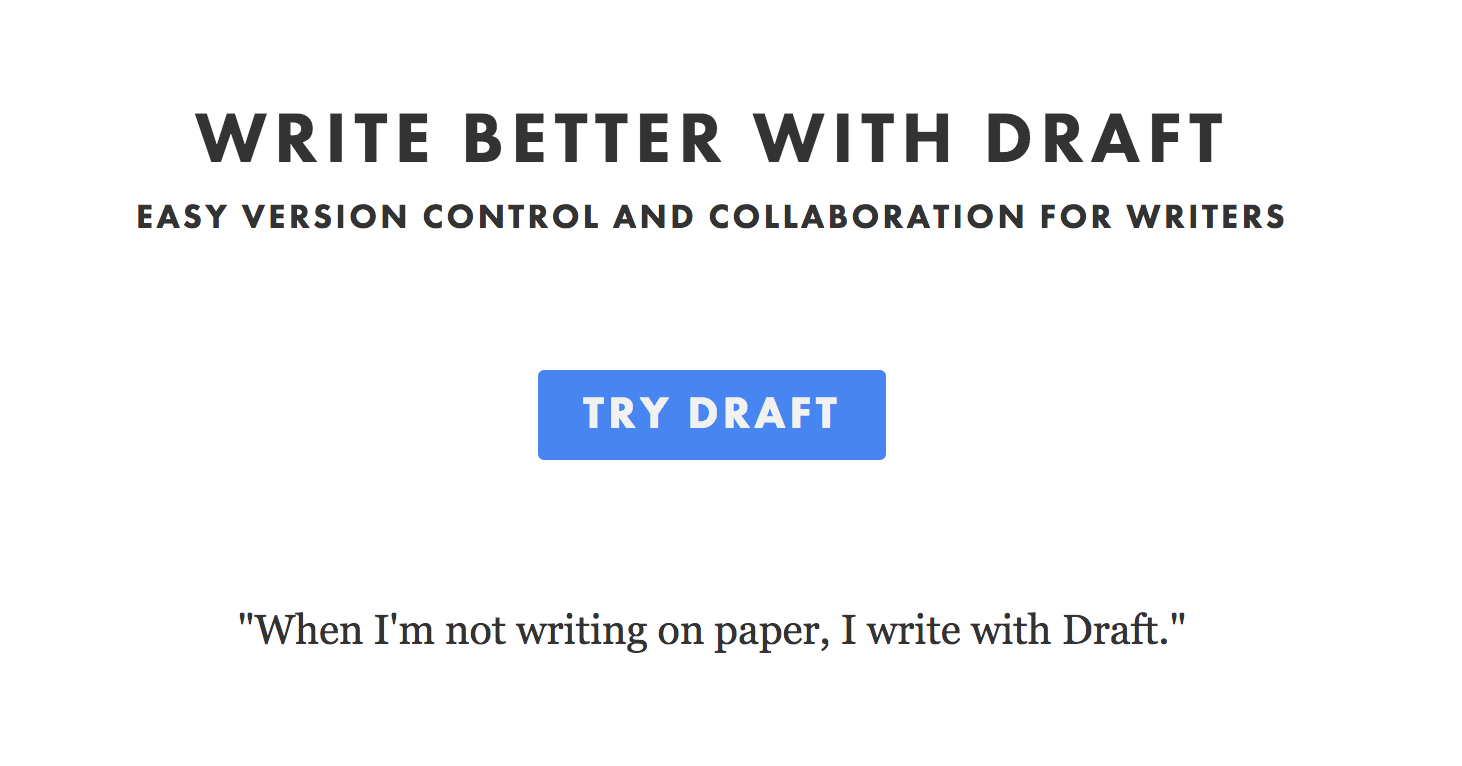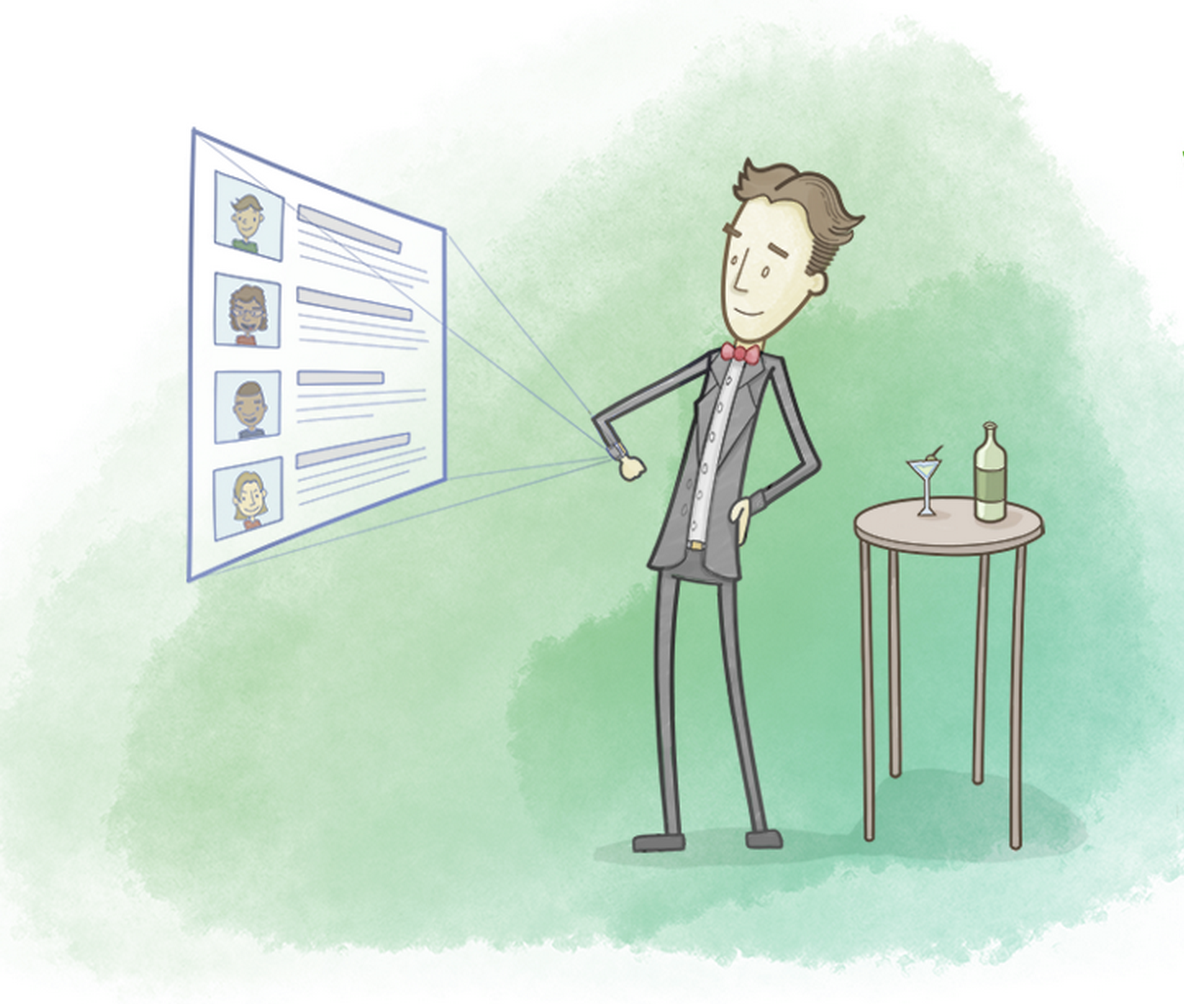By 1933, at 22, a Taiwanese-born entrepreneur had built a successful clothing business importing socks from Japan. Six years later, he moved to Japan, and his company was booming. During World War 2, he expanded his business empire to include selling slide projectors to the Japanese government for all the training they were doing during the war. And he kept expanding into other products – like charcoal mining and air-raid shelters.
The war was good to him, financially, for a time. Eventually, he found an accounting problem with one of his companies. The government was giving him raw material to manufacture engine parts, but inventory was missing – probably being sold by an employee on the black market.
He went to the Japanese military police to get help investigating. But they arrested him, and put him in a military prison where he was starved and tortured. Released 45 days later, the torture and starvation had taken its toll. When he finally recuperated, Japan had lost the war. The economy was in shambles. His factories and businesses were destroyed. He had little left.
But he started again. This time buying real estate people were now selling off at huge discounts. In just a few years, he was sitting on a million dollar real estate empire. His experience with starvation and inadequate food in prison inspired him to start a food business. He began paying young kids to collect sea water, which he’d evaporate, then sell the remaining salt.
But then, the occupying American force arrested him for tax evasion on the $50 a month he was paying the young kids – an amount he claimed was meant for their college scholarship (a non-taxable expense). He countersued, but the lawsuit dragged out, leaving him stuck in prison again, this time for years.
He was eventually released with a clean record, all charges dropped. But the government had already confiscated and sold off everything he owned – all the real estate, the salt company, the charcoal mine, his home. He was flat broke.
So he started again. He helped start a new bank, which got off to a good start. Except the company executed a number of bad loans. And the bank was forced to file bankruptcy. Depositors went after what little he had begun to accumulate.
So he started again. He still had a strong urge to create a food company. He turned his tool shed into a makeshift laboratory, and worked for a year trying to invent a new food product. Experiment after experiment failed.
But in 1958, at the age of 48, this entrepreneur finally hit on an idea that eventually became a company worth 700 billion dollars on the Tokyo stock exchange.
Momofuku Ando invented instant ramen noodles. Ando’s story is an inspiring tale of perseverance. And yet, I know most people reading this discount the tale: Ando possesses a willpower most of us will never have. We might be a little inspired by Ando, but we can’t possibly imitate his perseverance.
But, I don’t think that’s true. Ando’s story goes much deeper than that.
Why do kids drop out of college? A lot of reasons. Academic, monetary, even legal. It turns out though, there’s something much more fundamental.
Vincent Tinto is a professor at Syracuse University. He’s well known for his theories on students’ persistence through higher education. His research produced what’s known as the “Model of Institutional Departure”. He’s figured out why kids don’t succeed in college and dropout.
Tinto’s model informs us that, above all else, college is a transition from one community to another. Our success at college depends on how well we integrate ourselves into that new community.
What happens if we go home every weekend, to visit high school friends and sweethearts, instead of making friends in our new community? We don’t integrate. We don’t get help from new friends going through the same thing or academic advice from new mentors. Instead, we tend to drop out.
Tinto’s model has proven incredibly useful in improving how we educate, not just undergraduates, but even remote learning programs, and classes for adults continuing their education. And it extends far past education in describing how people persist.
The model wasn’t even unique. It was in large part derived from a model about suicide created by Emil Durkheim in 1897, who found that suicide rates were dependent on the group and society people found themselves in: if people fully integrated into their groups and communities, suicide rates decreased.
If people weren’t alone, they persevered.
While Momofuku Ando was in military prison camp the first time, a fellow prisoner, who Ando befriended, was released. Ando asked him to contact another friend – a lieutenant in the Japanese Army – who eventually arranged for Ando’s release. If it wasn’t for those two friends, Ando would have likely died in prison.
Then he started his real-estate empire. But that wasn’t even his idea. Another friend, Fusanosuke Kuhara, an entrepreneur who helped create what would become the company Hitachi, mentored Ando. His advice when Japan’s economy was ruined after the war? “Buy all the cheap real-estate.”
And when all of that fell apart, and Ando found himself completely broke but still able to start a bank, it was because he still knew enough people who gave him deposits to begin that bank.
And with instant ramen, he is indebted to the understanding of his wife who let him continue to work and chase his dream. It was her idea to create a laboratory out of their tool shed. And it was studying her cooking that actually gave him the idea how to create instant ramen.
Ando’s persistence didn’t come from suffering all by himself. It came from the people he surrounded himself with.
As I look back on the things I’ve accomplished in my life, I can point to obstacles and paths where I might have given up or not started at all. Then, I see the people who gave me a little nudge or lift to get to a better place.
When I wanted to start my first company Inkling in 2005, I applied to Y Combinator, an early stage investment program. Trouble was: the person I was originally going to apply with backed out at the last minute. And Y Combinator often requires its companies to have more than one co-founder.
This would have been an easy place to have just given up. But I had a lot of loose ties to other people who I started reaching out to. I thought of a friend, Adam Siegel, who I hadn’t spoken with in awhile, but who had mentioned a year previously over lunch that he was looking to create a new business. He might be game. And one lunch later, he was on board with my new business idea. We applied to Y Combinator together, got in, and away we went.
Years later I was trying to figure out my next project. I remember a lunch with another friend, Andrew Wicklander. We get lunch every 12 months or so. After a chat about how much we missed Basecamp’s Writeboard, I had the motivation to commit to something that became a pretty successful software project called Draft. And only successful because a lot of other loose connections and friends helped me spread the word.
With Draft, I had emailed a friend I’d stay in touch with every so often: Would he help mentor me a bit with Draft? And he did. And all that turned into him, Jason Fried, asking me to take over a software project he had started – Highrise.
I’ve gotten a lot of help from friends and loose connections I’ve cultivated over the years. And what I’ve found is that it doesn’t take becoming some schmoozing, glad handing, awkward-networking-event-attending extraordinaire. I’m one of the most introverted people I know. If there’s a conference, I’m in the back row so I can be the first to leave. If there’s a party, I’m probably not at it, or was there early and left before you even showed up.
But it isn’t hard to track the people you meet in something like Highrise or a notebook or even index cards. And keep those loose connections alive with an occasional email, coffee or lunch. Just think of all the people you haven’t heard from in a month. What’s stopping you from a just sending a quick: “How’s it going?”
And finally, don’t be afraid to be honest with all those connections and actually ask for help. Too many of us, especially those running businesses, suffer in isolation. While we create and run businesses, we tend to hide the pre-success from friends and people who could help. Why? Because pre-success can feel a lot like failure. It’s often not fun finding and keeping those first customers.
We’re told to fake it till we make it. Nonsense. I can’t believe how many people tell me how well their company is doing, and three months later it’s out of business. If only they had shared their challenges, maybe I or someone in their network could have helped.
On January 5, 2007, Momofuku Ando died from heart failure at the age of 96. Again, we have a chance to see how good Ando was with surrounding himself with people.
6500 people attended his funeral. It was held at a baseball stadium. It was invite only.

 Happy Halloween! I haven’t cared for ages. But, now I have someone in my house like this. My 5 month old ladybug :)
Happy Halloween! I haven’t cared for ages. But, now I have someone in my house like this. My 5 month old ladybug :)

